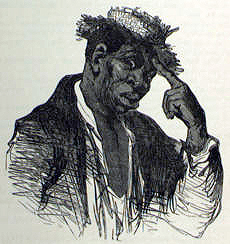In week3, we learned about Catherine of Austria and her Kunstkammer. Who is an another female patron of the arts? As you reflect on this question, remember to link any images or textual sources to your journal posting that might relate to this question or your thoughts on it.

In the ancient China, there was a very powerful women, one and only, in the Chinese history, who became the only empress, She is know as Wu Ze Tian
And She is also the biggest patron for buddhist art at that time.
The importance to history of Wu Zetian’s period of political and military leadership includes the major expansion of the Chinese empire, extending it far beyond its previous territorial limits, deep into Central Asia, and engaging in a series of wars on the Korean peninsula, first allying with Silla against Goguryeo, and then against Silla over occupation of formerly Goguryeo territory. Within China, besides the more direct consequences of her struggle to gain and maintain supreme power, Wu’s leadership resulted in important effects regarding social class in Chinese society and in relation to state support for Taoism, Buddhism, education, and literature. Wu Zetian also had a monumental impact upon the statuary of the Longmen Grottoes and the “Wordless Stele” at the Qianling Mausoleum, as well as the construction of some major buildings and bronze castings that no longer survive. (wikipedia)
In promoting Buddhism over Confucianism and Daoism as the favored state religion, the Empress countered strongly held Confucian beliefs against female rule. To justify her rule, Wu used selected Buddhist scriptures and led the way in the creation of numerous visual representations of the Buddha. The most spectacular are the stone temples and statues chiseled into grottoes at Longmen, near her capital. In the largest cave there is a statue called the Grand Vairocana Buddha. Carved in limestone, the colossal statue is reputed to have been carved in Wu’s own likeness. Whether true or not, it is what people believed.
